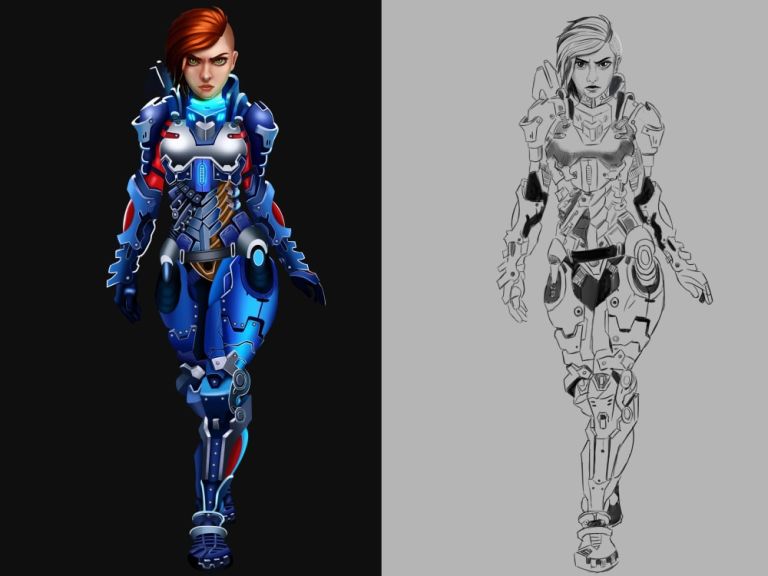Animation: Tips and Techniques for Beginners
In the dynamic world of animation, character animation stands as a pivotal skill that can elevate your creations from mundane to mesmerizing. Whether you’re a seasoned animator or a curious beginner, understanding the nuances of character animation is essential. Let’s delve into the secrets of breathing life into animated characters and explore practical tips and techniques.
1. Importance of Lifelike Characters
Character animation lies at the heart of motion graphics and storytelling. It’s the magic that connects audiences with the narrative and the characters themselves. Whether you’re working on a short film, a video game, or an advertising campaign, lifelike and compelling animated characters are non-negotiable. Here’s why:
- Emotional Connection: Well-crafted characters evoke emotions. Viewers root for them, laugh with them, and sometimes shed a tear. These emotional bonds keep audiences engaged.
- Depth and Relatability: Characters with depth—flaws, dreams, and quirks—are relatable. They mirror our own human experiences, making the story resonate.
- Brand Identity: Iconic animated characters become synonymous with brands. Think of the Michelin Man or the Geico Gecko—they’re not just mascots; they’re brand ambassadors.
2. Key Principles of Character Animation
To master character animation, grasp these foundational principles:
- Timing and Spacing: The rhythm of movement matters. Understand squash and stretch, easing in and out, and maintain consistent timing.
- Study Anatomy: Know how bodies move. Study real-life references, observe people, and understand joint mechanics.
- Sketch and Draw: Before diving into software, sketch your characters. Understand their proportions, poses, and expressions.
- Simple Shapes: Start with basic shapes—circles, ovals, and rectangles. These form the building blocks for character design.
- Experiment: Try different animation styles. Explore 2D, 3D, stop-motion, or even pixel art. Each technique offers unique possibilities.
3. Tools and Software
Equip yourself with animation tools:
- Software: Popular choices include Adobe Animate, Toon Boom Harmony, and Blender. Find what suits your workflow.
- Rigging Systems: Rigging simplifies character movement. Learn about bone structures, IK (inverse kinematics), and FK (forward kinematics).
- Reference Material: Collect references—videos, photos, and life drawings. Analyze how real-world motion translates to animation.
4. Practice, Patience, and Feedback
- Practice Regularly: Animation improves with practice. Animate walk cycles, facial expressions, and interactions.
- Seek Feedback: Share your work with peers or mentors. Constructive criticism helps you grow.
- Learn from the Pros: Study classic animations, dissect Pixar films, and attend workshops.
5. The Journey Ahead
Character animation is both science and art. As you refine your skills, remember that each character has a story waiting to be told. Whether it’s a mischievous squirrel or a brooding superhero, breathe life into them, and let their adventures unfold on screen.
So, fellow animators, let’s embark on this exciting journey—one frame at a time! 🎬✨





